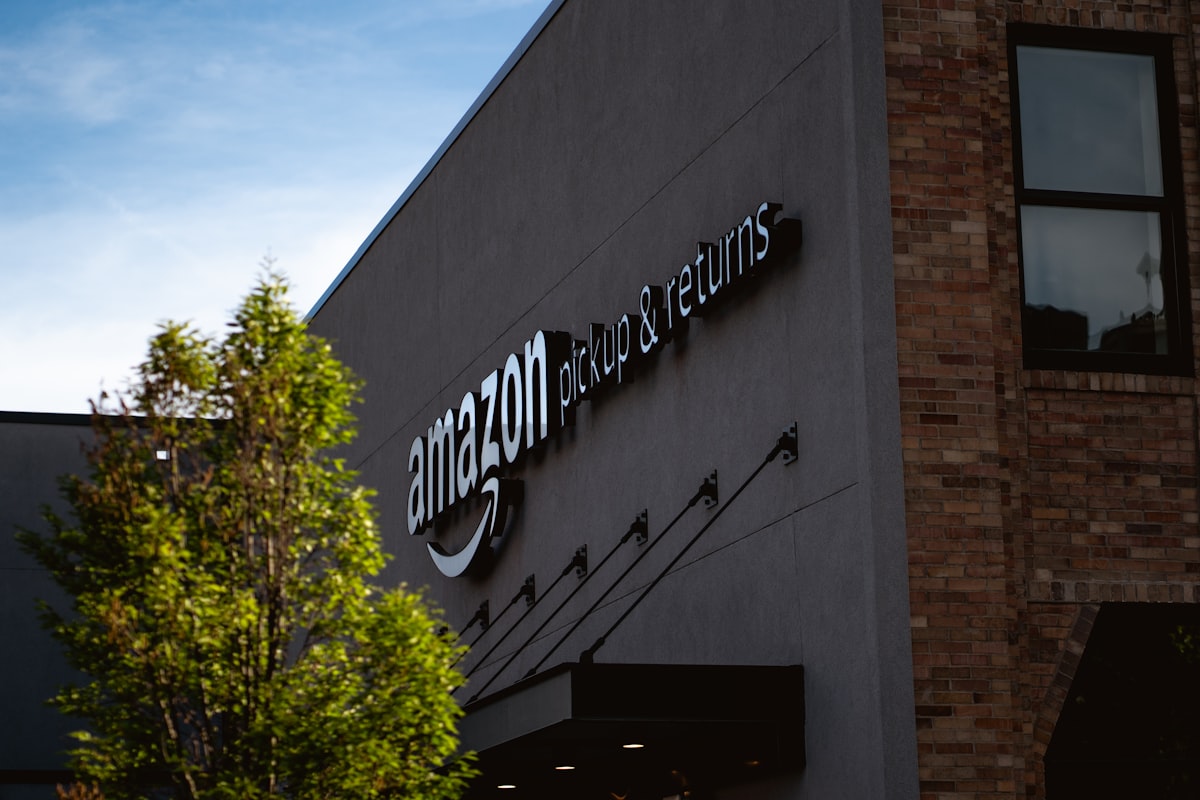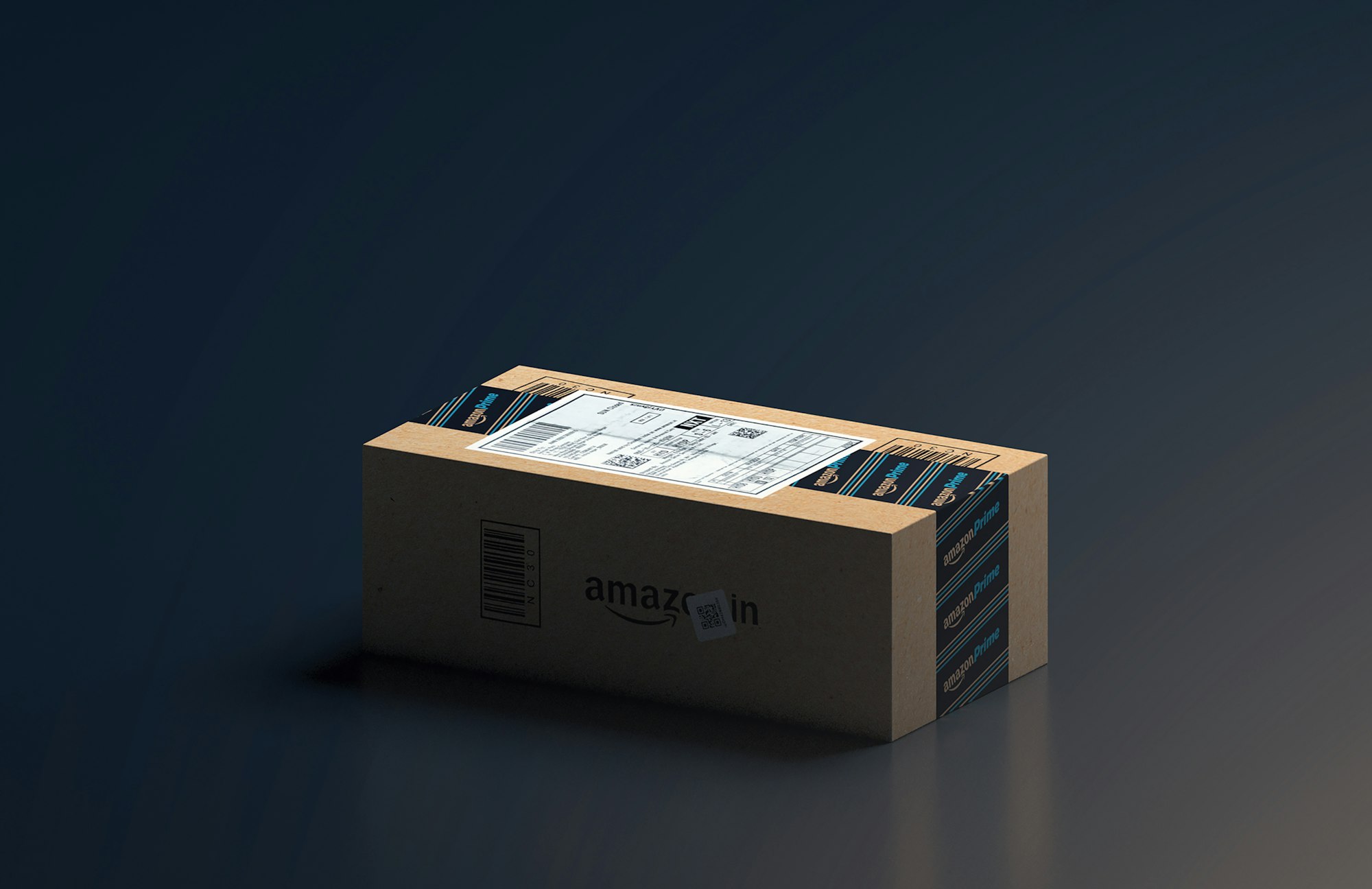How to Setup an Amazon Seller Account to Reap Maximum Profits
Reap the benefits of setting up an Amazon Seller Account. Learn how to maximize profits and ensure success with this comprehensive guide to Amazon seller setup.

Setting up an Amazon Seller Account is a great way to maximize profits and ensure success with your Amazon business. From understanding the basics of selling on Amazon to navigating the marketplace and marketing your products, this guide will help you get your Amazon Seller Account up and running in no time.
What is Amazon Seller and is it profitable?
A person or company that sells goods on Amazon's online marketplace is known as an Amazon seller. Using Amazon's Vendor Central program, sellers can register for an account and list their goods for sale as first-party or third-party sellers, respectively.
Selling on Amazon can be profitable, but success depends on a variety of factors, including the type of products you are selling, your pricing strategy, your marketing efforts, and your ability to manage your inventory and customer service.
Some of the advantages of selling on Amazon include:
- Large customer base: Amazon has a huge customer base, which can make it easier to reach a wider audience and generate sales.
- Ease of use: Amazon's platform is user-friendly and makes it easy to list products, manage inventory, and handle customer service.
- Fulfillment options: Amazon offers fulfillment services, such as Fulfilled by Amazon (FBA), which can take care of shipping and handling for sellers.
- Increased credibility: Selling on Amazon can help to build credibility for your brand and make it easier to gain customer trust.
Photo by Christian Wiediger / Unsplash
Selling on Amazon does come with various difficulties and potential drawbacks, such as:
- Competition: The Amazon marketplace is highly competitive, and it can be difficult to stand out among the many other sellers offering similar products.
- Fees: Amazon charges fees for listing products, selling products, and using fulfillment services, which can eat into your profits.
- Rules and regulations: Amazon has strict rules and regulations that sellers must follow, and failure to comply can result in account suspension or other penalties.
Ultimately, if you approach it intelligently, invest in developing a strong brand, and work to market your products well, selling on Amazon can be rewarding. Before determining whether it is the best option for your organization, it is crucial to assess the advantages and disadvantages that may be present.

Research Competition and Potential Markets
Before setting up your Amazon Seller Account, it’s important to do your research. Take time to investigate the competition and potential markets for your products. This will help you determine what kind of products would be most successful in those markets and whether or not you have the resources to maintain the competitiveness in that particular area.
Additionally, researching the competition can help you uncover any cost-saving strategies they might be using so you can leverage those same tactics. Understanding your competition and potential markets is essential to success on Amazon.
The products that sell quickly on Amazon might change depending on a number of variables, such as the season, popular trends, and consumer demand. Yet, the following product categories typically perform well on Amazon:
- Electronics: This includes popular products such as smartphones, tablets, laptops, headphones, and other electronic accessories.
- Home and kitchen: This category includes products such as cookware, kitchen appliances, home decor, and bedding.
- Health and wellness: Products in this category include dietary supplements, fitness equipment, and personal care items.
- Beauty and personal care: This includes products such as makeup, skincare, haircare, and grooming products.
- Toys and games: This category includes popular toys and games for children of all ages.
- Fashion: This includes clothing, shoes, and accessories for men, women, and children.
- Pet supplies: This category includes products such as pet food, toys, and grooming supplies.
It's important to note that the most prosperous Amazon sellers frequently concentrate in a specific industry or product category and employ data analytics and market analysis to find high-demand products and business expansion chances. You may succeed as an Amazon seller by paying attention to customer demand and adjusting to emerging trends.
Create a Comprehensive Business Plan
Before starting your Amazon journey, create a comprehensive business plan. The business plan should cover topics such as business structure and name, marketing goals and strategies, financial projections and approaches to customer service.
Defining what success means to you may also be beneficial in order to keep you focused throughout the process. Creating a thorough business plan will help ensure that you are setting reasonable goals and expectations for your Amazon seller account.
- Identify your niche: Choose a niche or product category that you are passionate about and has room for growth. This can help you stand out from the competition and establish yourself as an expert in your field.
- Conduct market research: Use market research tools and data analytics to identify high-demand products within your niche. Look for products with a high sales volume and good profit margins.
- Develop a strong brand identity: Create a memorable brand name, logo, and visual identity that resonates with your target audience. Develop a consistent brand voice and messaging that aligns with your values and unique selling proposition.
- Optimize your product listings: Create high-quality product listings that are optimized for Amazon's search algorithm. Use relevant keywords, create clear and detailed product descriptions, and use high-quality images and videos.
- Offer competitive pricing and shipping: Price your products competitively to stay competitive in the marketplace. Use Amazon's pricing tools to monitor your competitors' prices and adjust your prices accordingly. Use Amazon's fulfillment services, such as Fulfilled by Amazon (FBA), to streamline your shipping and fulfillment operations.
- Leverage Amazon's tools and services: Take advantage of Amazon's tools and services, such as Amazon Advertising and sponsored products, to increase visibility and drive sales. Use Amazon's customer reviews and feedback to improve your products and customer service.
- Continuously monitor and optimize your performance: Regularly track your sales, customer feedback, and other key performance metrics to identify areas for improvement. Use this data to refine your strategy and optimize your performance over time.
You may create a lucrative Amazon selling business and produce steady income over time by adhering to these procedures and continually improving your plan. As your business expands, think about increasing your product options, spending money on marketing and advertising, and building a team to help you run your business.
Establish Your Amazon Seller Account
Now that you’ve created your business plan and detailed what success looks like for you, it’s time to set up an Amazon seller account. There are two different types of seller accounts available – the Individual Plan or the Professional Plan—depending on your needs.
Setting up an account is fairly straightforward--simply visit the Services Marketplace section of Amazon’s website and enter a few details. Before setting up an account, be sure to familiarize yourself with all of Amazon’s selling policies and fees, so you are aware of any costs associated with selling on their platform.
Steps to establish an Amazon seller account
- Create an Amazon account: If you don't already have an Amazon account, create one at https://services.amazon.com/selling/benefits.html. You will need to provide your business information, including your name, email address, and phone number.
- Choose a selling plan: Amazon offers two selling plans: Individual and Professional. The Individual plan charges a fee per item sold, while the Professional plan charges a monthly subscription fee. Choose the plan that best fits your needs and budget.
- Provide business information: Once you have selected a selling plan, you will need to provide additional business information, including your business name, address, and tax identification number.
- Set up payment and deposit information: You will need to set up your payment and deposit information. Amazon offers several payment options, including direct deposit, Amazon gift cards, and electronic transfer.
- Create product listings: Once your seller account is set up, you can start creating product listings. Make sure to include detailed product descriptions and high-quality images to attract customers.
- Manage orders and inventory: As your sales grow, it's important to manage your orders and inventory effectively. Use Amazon's seller tools to track your sales and manage your inventory levels.
- Optimize your sales strategy: To be successful on Amazon, it's important to continuously refine your sales strategy. Use data analytics and market research to identify high-demand products and adjust your pricing and marketing strategy accordingly.
Learn Amazon’s Logistics Procedures
Once you’ve set up your Amazon seller account, there are some logistics procedures you should become familiar with to ensure the success of your business. Membership requires that you use an Fulfillment by Amazon (FBA) fulfillment service unless it is not available in your area. This gives sellers access to world-class customer service and facilitates customer satisfaction by deliveries that are faster, more reliable, and more cost effective for everyone involved.
Additionally, if customers do not receive their items within a designated time frame, Amazon will automatically refund them—which can be avoided by managing a well-run storage and shipping system.
Research and Incorporate Necessary Tax Regulations
As a business owner, it is critical to research the necessary tax regulations and incorporate them in your Amazon Seller Account. In addition to setting up your required sales taxes, you should also research the requirements in other countries where you will be shipping or exporting products.
Failure to properly manage taxation can result in fines, penalties, or even criminal prosecution. To ensure compliance with all applicable laws and regulations, look for an experienced accountant or comprehensive tax software to easily stay on top of any changes and obligations.
Amazon Seller - Bottom Line
Simply said, Amazon Seller is a platform that allows both individuals and companies to sell goods on Amazon's online store. You can register as a seller on Amazon, post your goods for sale, and use Amazon's fulfillment services for shipping and customer assistance. You must select the best products, optimize your product listings, provide competitive pricing and shipping, make use of Amazon's tools and services, and constantly track and improve your performance if you want to succeed as an Amazon seller. Amazon Seller can be a lucrative venture, but it demands careful preparation, effective implementation, and a readiness to change to meet shifting consumer demand and market trends. Consider the pros and cons outlined below.
Pros:
- Large customer base: Amazon has a huge customer base, which can make it easier to reach a wider audience and generate sales.
- Ease of use: Amazon's platform is user-friendly and makes it easy to list products, manage inventory, and handle customer service.
- Fulfillment options: Amazon offers fulfillment services, such as Fulfilled by Amazon (FBA), which can take care of shipping and handling for sellers.
- Increased credibility: Selling on Amazon can help to build credibility for your brand and make it easier to gain customer trust.
- Access to customer data: Amazon provides sellers with valuable data on customer behavior and preferences that can be used to refine marketing strategies and improve sales.
Cons:
- Competition: The Amazon marketplace is highly competitive, and it can be difficult to stand out among the many other sellers offering similar products.
- Fees: Amazon charges fees for listing products, selling products, and using fulfillment services, which can eat into your profits.
- Rules and regulations: Amazon has strict rules and regulations that sellers must follow, and failure to comply can result in account suspension or other penalties.
- Limited control: Amazon has the final say over many aspects of a seller's business, including pricing and product listings.
- Risk of account suspension: Amazon can suspend or terminate a seller's account at any time, which can have serious consequences for the business.
In general, selling on Amazon may be a lucrative and successful approach to connect with a big audience and make sales. Before deciding if it's the best option for your company, you need thoroughly consider the advantages and disadvantages. You may gradually create a successful Amazon seller business by creating a sound business plan, improving your sales approach, and remaining informed of Amazon's rules and regulations.





